There are many reasons why we may need to reinstall our operating system, such as the system becoming slow due to too many installed programs, not wanting to delete programs one by one, or switching to a new disk drive, downgrading from a beta version to a stable release, or unexpected power outages during system upgrades. Mac comes with a useful tool that can help us reinstall the operating system easily.
Let’s get started with the tutorial
First, turn on your computer and press Command + R before the Apple logo appears. If there is a firmware password, it will need to be unlocked at this step.
The computer will first attempt to boot using the built-in recovery partition. If the recovery partition is not found, Internet recovery will be used.
Internet recovery will use Wi-Fi or Ethernet. If no network is available, an exclamation point will appear next to the globe symbol.
*If your third-party keyboard cannot find the Command key, please use the Windows symbol key as the Command key.
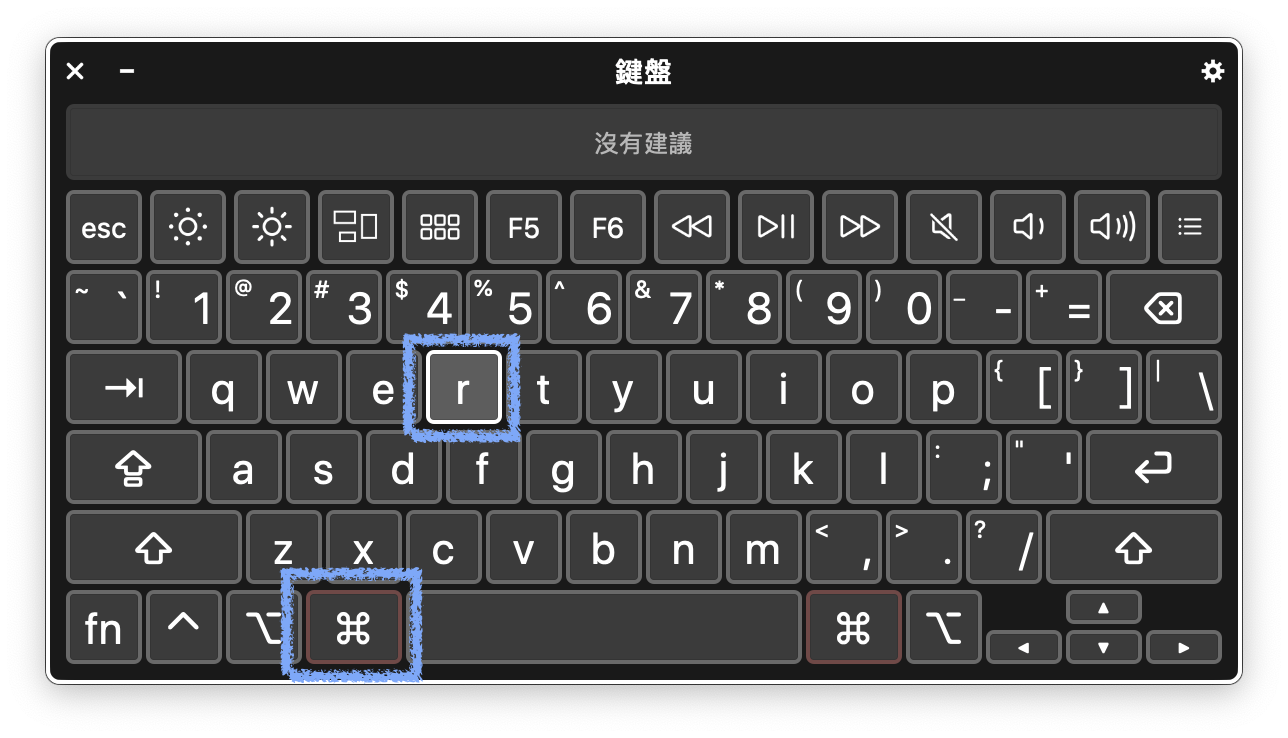

Screenshot taken from the Apple official website
If the screen shown above does not appear, the computer will boot normally with the Apple logo.

After booting, you will see the language selection screen.
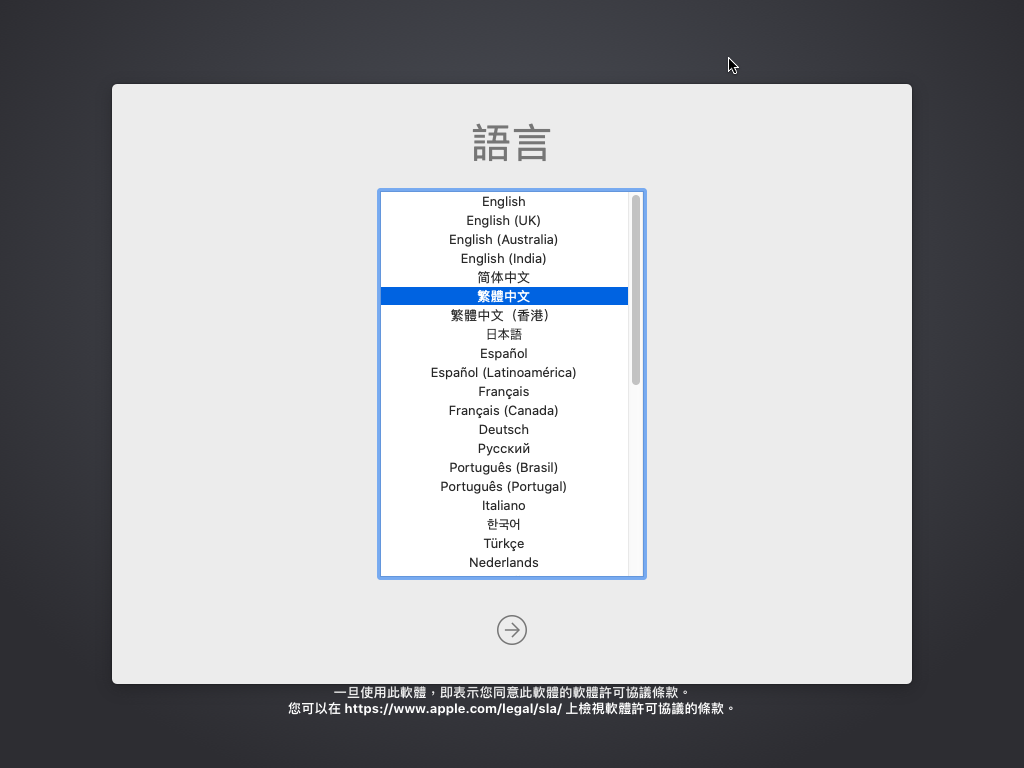
After selecting a language, you will see the macOS utility program.
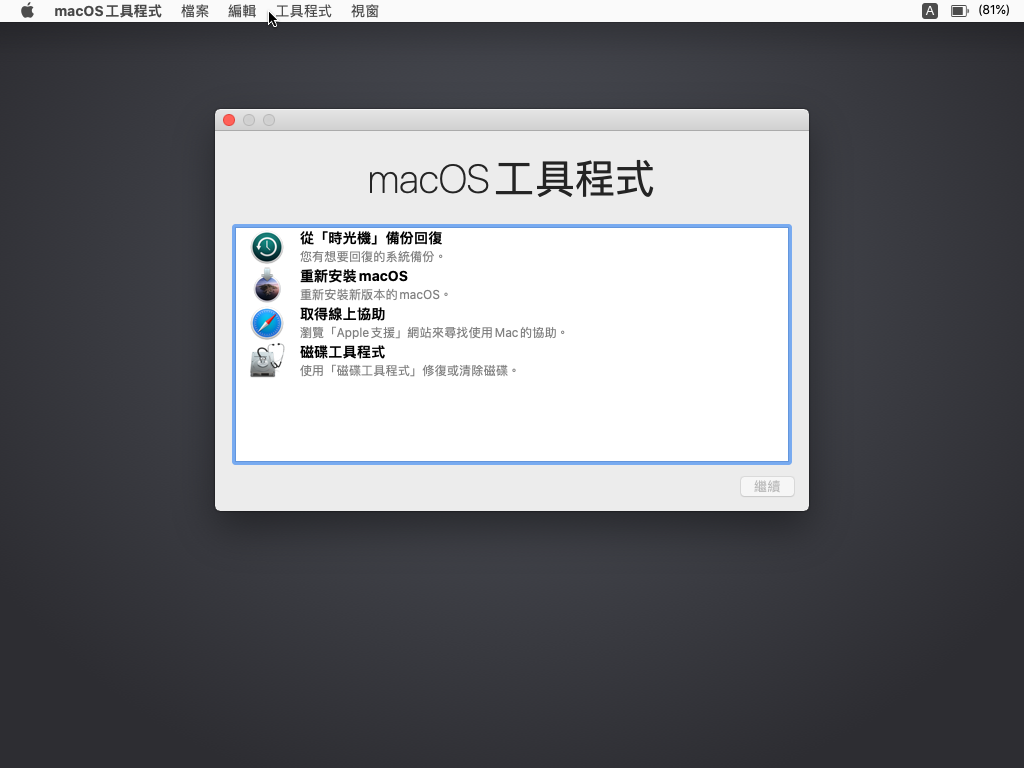
If the system upgrade fails (for example, if the power is accidentally unplugged during the upgrade process), or if the kext driver is deleted by mistake, skip the Disk Utility section and go directly to the third page. This will preserve the data and applications in the system folder.
If you want to reinstall the system (without preserving the data in the system folder) or replace the disk drive, continue to the second page.
Next, use the Disk Utility program to clear the data.

Select the startup disk or volume of the system, name it and select the format, then click “Erase”.
If you see the APFS format option (only available in 10.13 and above), it is recommended to select APFS.
Otherwise, select Mac OS Extended format.
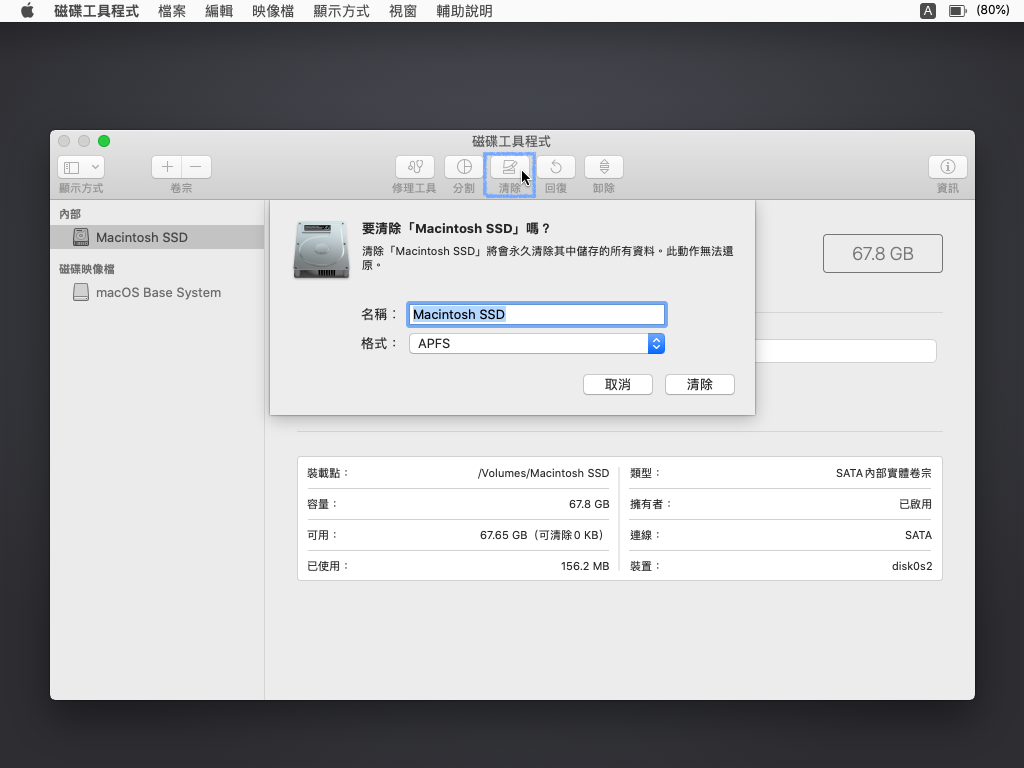
After completing this step, you can close this window and return to the macOS utility program.
Next, it’s time to reinstall the system. Please select “Reinstall macOS”.
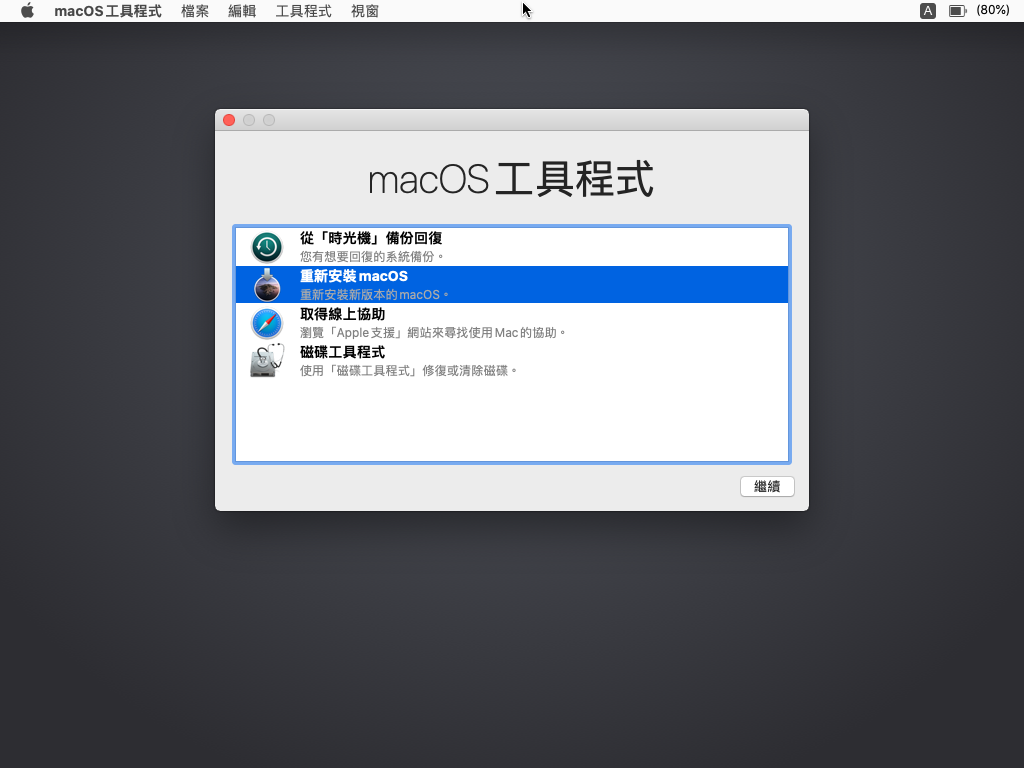
Next, click “Continue”, and then you will see the terms of use.
If you do not agree to the terms of use, you cannot install.
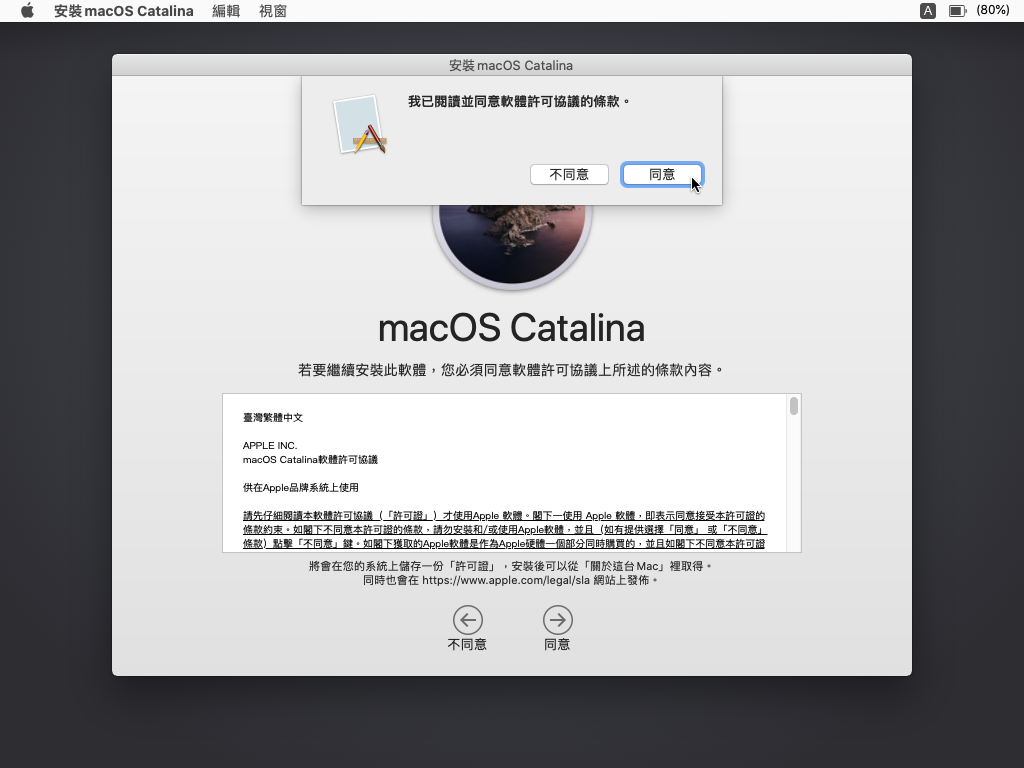
Then, select the disk or volume that was just cleared.
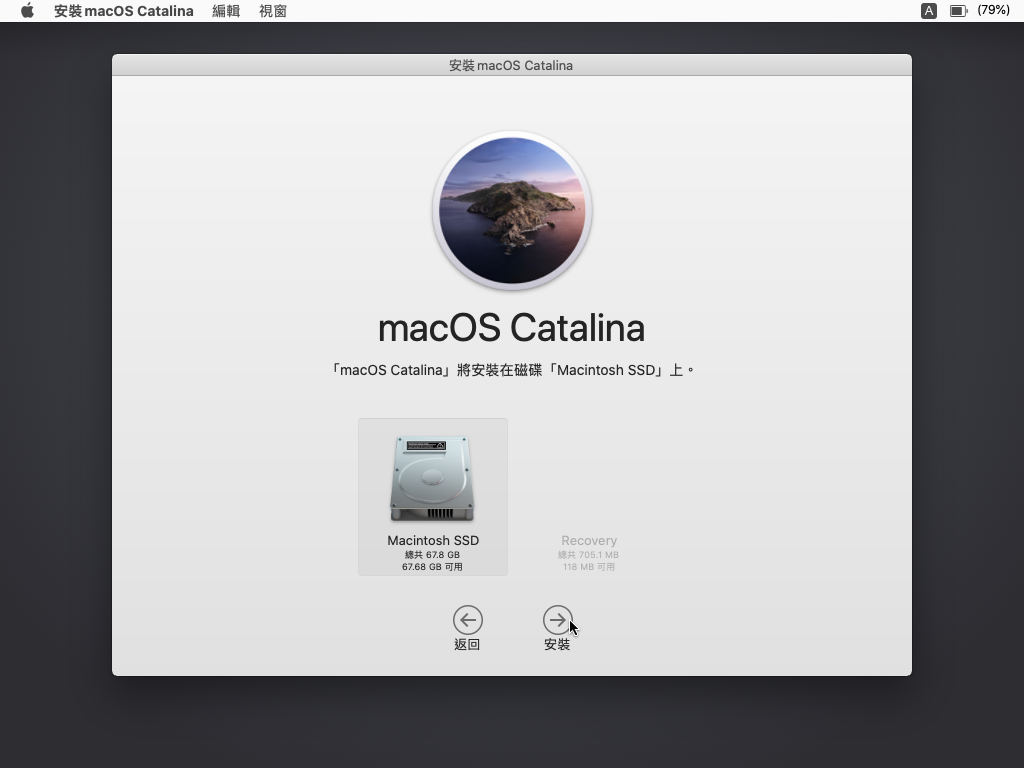
Finally, wait for the installation to complete!
After installation, there will be basic settings. This article will not go into detail about them. We wish you a pleasant experience using your Mac!